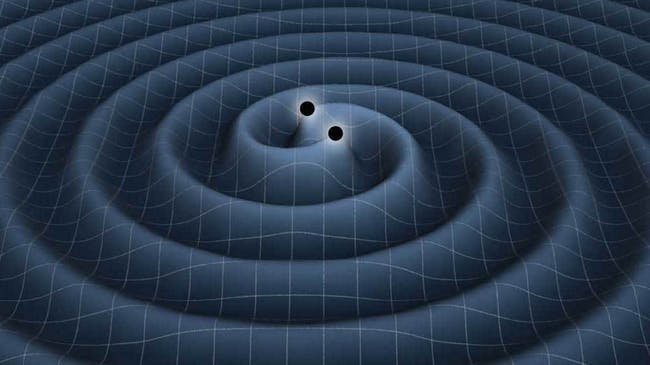Overview
About This Sound Room
- What's new in this room
-
submariner joined the room
-
yitatee joined the room
-
Will Meyer joined the room
-
itchitch joined the room
-
BobTFM35 joined the room
-
How can they see what they're doing? Too fast for me
-
- 1
-

-
adrenaline house Quad Copter craziness
B-Man replied to RichP714's topic in The Outer Rim's Adrenaline House
-

adrenaline house Quad Copter craziness
Charlie replied to RichP714's topic in The Outer Rim's Adrenaline House
Oh wow! My grandson has a cheapo quad; it's nothing like that! -

adrenaline house Quad Copter craziness
Sk1Bum replied to RichP714's topic in The Outer Rim's Adrenaline House
moves like my great-grandson. -

adrenaline house Quad Copter craziness
RichP714 replied to RichP714's topic in The Outer Rim's Adrenaline House
12s on 5inch full flight | movr5r9 et2306 865kv r38 hqprop 12s650 95c -

the outer rim Are You Sharing a Breath With Isaac Newton?
RichP714 replied to RichP714's topic in The Outer Rim's Outer Rim Topics
SPACE STRAW -
Talking Heads - Road to Nowhere
-
Spirit Road - Neil Young
-
Mr Shame (2000 Digital Remaster)
-
Puscifer - The Humbling River
-
Sk1Bum joined the room
-
.thumb.jpg.bd01cad9371554033557e35b9a182fea.jpg)
the outer rim The origin of matter and time
straylight replied to RichP714's topic in The Outer Rim's Fun with Quantum theory
Yes, this is a great clarification, thanks! There was a mention of interactions at the Planck length but I failed to connect that to affecting just electrons, gluons, and quarks directly. -

the outer rim The origin of matter and time
RichP714 replied to RichP714's topic in The Outer Rim's Fun with Quantum theory
AFAIK, large particle interaction with the Higgs Field is not a thing. The Higgs field imparts mass to sub-atomic particles by tugging at them at Planck length scales, so electrons, gluons, quarks will interact with Higgs. Atoms/molecules/organisms are too large to directly interact with the Higgs field; the mass of those larger constructs is imparted by the force of the gluons holding them together. There's a difference between being timeless, being time agnostic and causality (c). I think you mentioned Feynman diagrams in another post; those graphically show that interactions between sub-atomic particles are effectively equivalent interactions between their anti-matter pair, but reversing the direction of time (they are time agnostic, but still obey causality). In this way, any interaction between any 'things' (sub-atomic or macro scale) involves time in one way or another; back-to-front or reverse. This PBS speaker (he is a physicist) has many videos on youtube; I think he's still the current host of the show; the show itself is pretty good IMO, they show concepts graphically for the most part, but get into the details and the math on occasion, and seeing things like the Lorentz transform presented graphically is pretty neat. His post on why time has a direction is pretty neat, among others. I don't know if this gives any rationale that you were looking for, I might have got it wrong or not understood the question, but I think a more correct statement would have been that as long as a sub-atomic particle is interacting with others, it has to experience time in one way or another, but not necessarily in the same way that the aggregate of those sub-atomic particles (the 'thing') does. -
The newly discovered 'geometric approach' to particle interactions by researchers involves a higher-dimensional object called the amplituhedron. The object suggests that particles interactions are simply the result geometry (and nothing else!) and even though the amplituhedron IS NOT built out of normal space-time and probabilities it appears to miraculously predict all possible particle decays in nature. It also removes locality as a requirement (the notion that particles can interact only from adjoining positions in space and time). A fascinating tool.
-
.thumb.jpg.bd01cad9371554033557e35b9a182fea.jpg)
the outer rim The origin of matter and time
straylight replied to RichP714's topic in The Outer Rim's Fun with Quantum theory
In "The Origin of Matter and Time" video the speaker says "time and mass and matter become emergent (not fundamental) properties of the causal propagation of patterns of interactions between timeless, massless parts". This is a pretty amazing statement. I believe the 'parts' he refers to are the sub-atomic particles which he postulates are not time-interactive unlike larger aggregate particles which directly interact with time. Is the large particle interaction with the Higgs Field (and other fields/particles) the reason for this supposition differentiating small vs. large-aggregate particle relationship with 'time'? Does anyone know to what extent this has been experimentally proven or is it still just theory? Any known reference in a scientific journal? -
straylight joined the room
-
Scientists Discover a Jewel at the Heart of Quantum Physics PHYSICISTS REPORTED THIS week the discovery of a jewel-like geometric object that dramatically simplifies calculations of particle interactions and challenges the notion that space and time are fundamental components of reality. https://www.wired.com/2013/12/amplituhedron-jewel-quantum-physics/
-
niccolosito joined the room
-

Flyby of Jupiter aboard Juno, did you see the dolphin?
RichP714 posted a gallery image in The Outer Rim's Outer Rim Media
Flyby of Jupiter aboard Juno, did you see the dolphin? -
silver7tClyde joined the room










![ezgif-5-014fc9ef71[1].gif](https://thecarversite.com/uploads/monthly_2019_12/small.274449618_ezgif-5-014fc9ef711.gif.90af7862510f40cf6bf9648969826a57.gif)